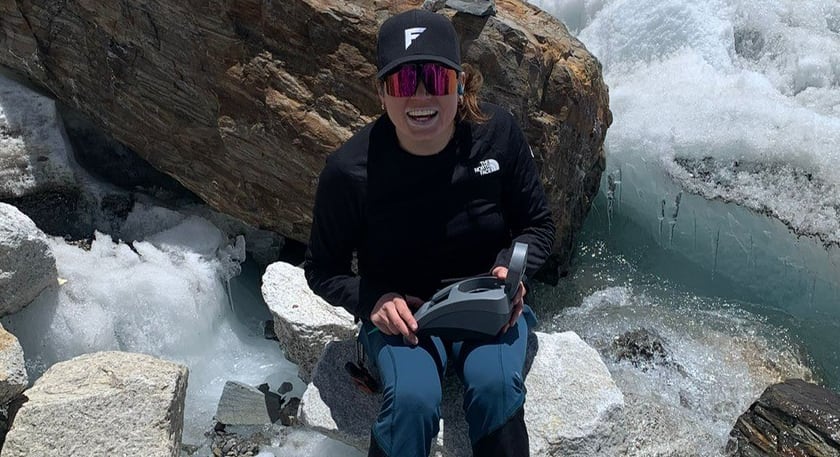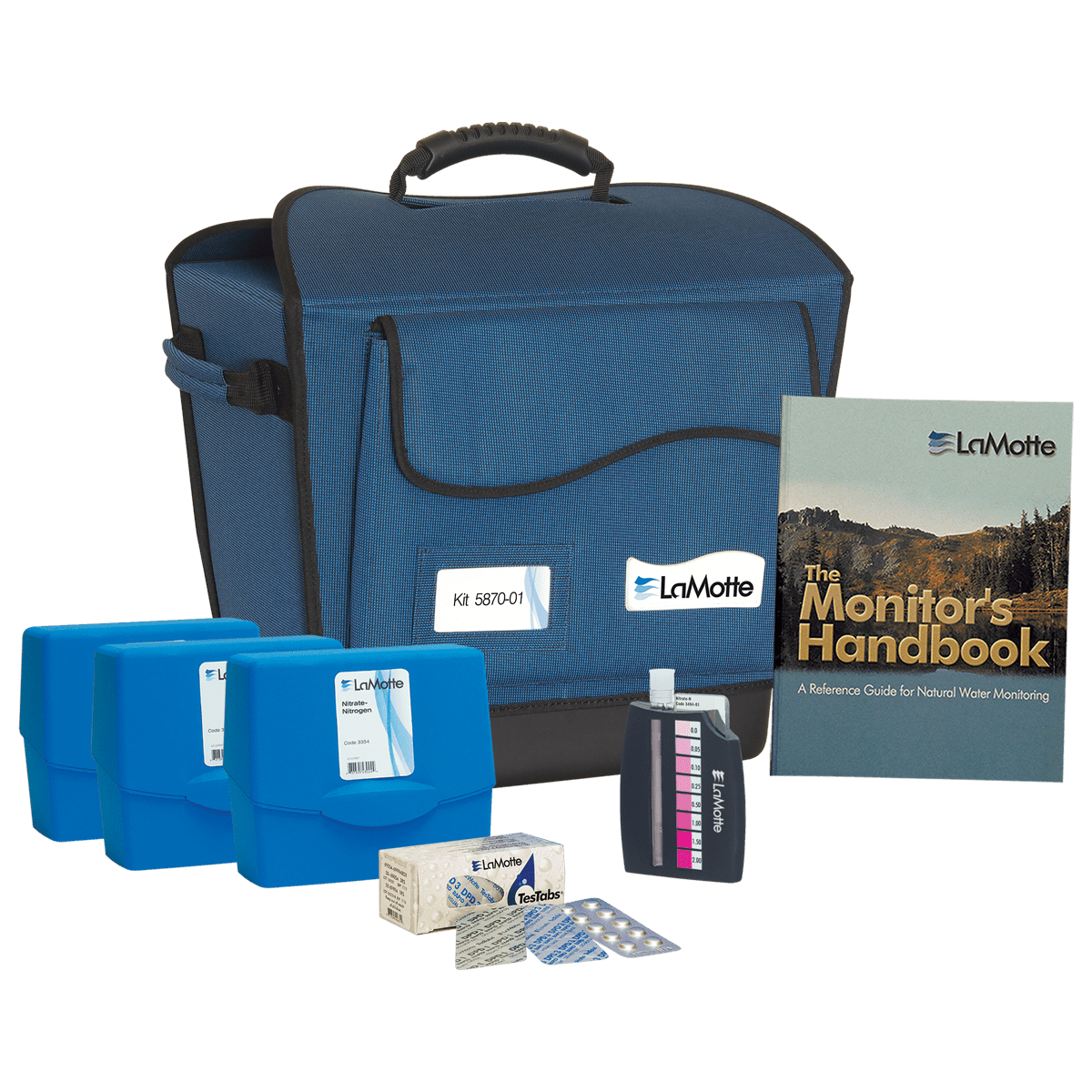From Peaks to pH: Water Science at the Top of the World

Middle School & High School
In 2024, Philadelphia businesswoman and mountaineer Megan Rath made history by completing the Seven Summits challenge, climbing the highest peak on every continent. Her final ascent of Mount Everest wasn’t just a personal triumph; it was a scientific mission.
With support from LaMotte, a leader in water quality testing, Megan carried out water analysis at some of the highest elevations on Earth. Using the WaterLink® Spin Touch®, she tested snowmelt and alpine lake samples from Everest and Carstensz Pyramid, revealing insights into the purity of water in these remote regions.
Women in STEM: Breaking Barriers at 29,000 Feet
Only about 20% of Seven Summits finishers are women1, making Megan’s achievement a powerful symbol of perseverance and representation in STEM. Her journey began in 2016, inspired by fellow climber Sangeeta Bahl, and spanned nearly a decade, involving intense training, multiple surgeries, and global travel.
Megan’s story is a reminder that science can happen anywhere, from classrooms to mountaintops, and that women are leading the way in exploration, research, and environmental stewardship.
Water Analysis at the Highest Peak
During her Everest climb, Megan collected snow samples from both the north and south sides of the mountain, including camps as high as 27,000 feet. These were melted and tested on-site, making her work one of the highest-altitude water testing efforts ever recorded. The results showed:
- Higher pH, alkalinity, and hardness on the north side compared to the south side
- Extremely pure water, comparable to distilled drinking water
- More acidic water at higher elevations2
FUN FACT: Mount Everest isn’t just the world’s tallest mountain; it’s part of the Himalayan watershed, which provides freshwater to over 1.3 billion people across Asia!
Bring the Adventure to Your Classroom
You don’t need to climb Everest to explore water science. These classroom kits let students replicate Megan’s testing methods and environmental exploration:
| Watershed Tour: Virtual River Exploration Students take a virtual journey through a watershed, testing water samples and learning how rivers connect ecosystems and communities. |
|
| Water Quality Educator & Monitoring Outfit Just like Megan, students can test pH and alkalinity—plus many more parameters. Great for studying local water sources and pollution. |
|
 |
LaMotte® Marine Science Outfit Explore oceans, bays, or salt marshes. Students become marine scientists, investigating salinity, temperature, and aquatic ecosystems. |
| Urban Water Test Kit Analyze tap water from homes or schools. Students study how urban environments affect water quality, testing for iron, hardness, pH, and more. |
Teacher Tip: Connect STEM with Real-World Impact
Use Megan’s story to launch a unit on climate change, water science, or women in STEM. Assign this article for reading comprehension, then challenge students to design their own water testing expedition, whether it’s to a local stream or the school’s drinking fountain.
1. Water Analysis on Mount Everest - Resources - lamotte.com 2. LaMotte Sponsors Everest Climber - Resources
